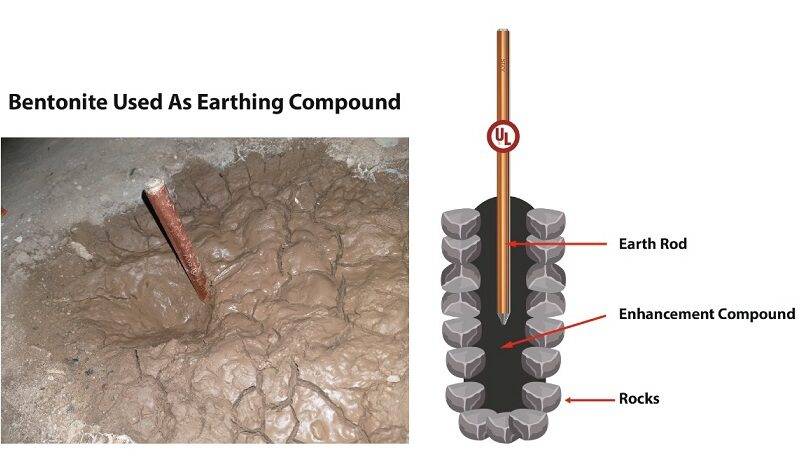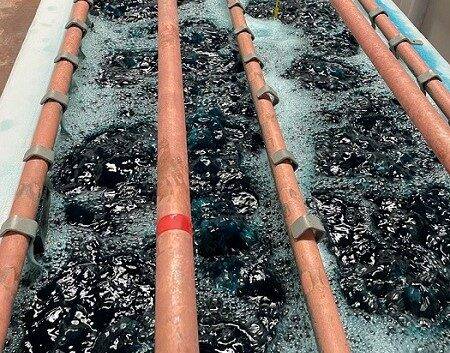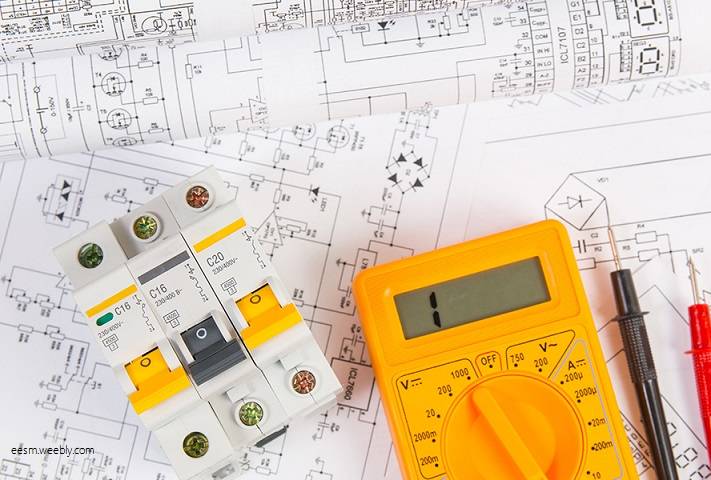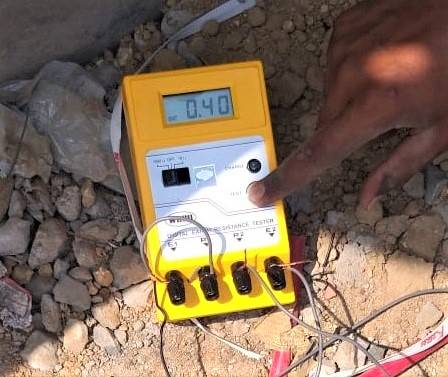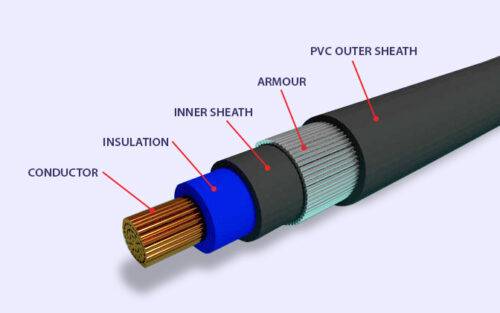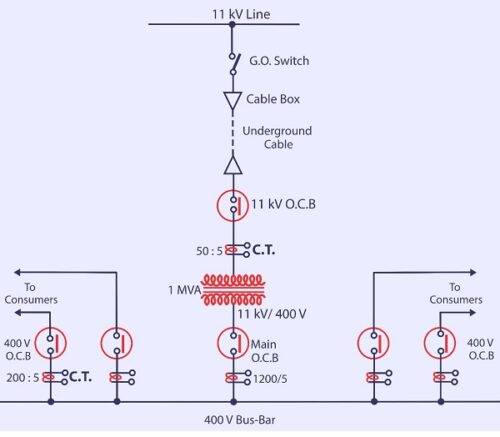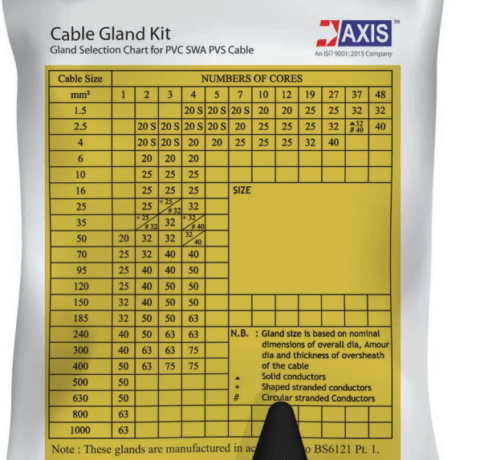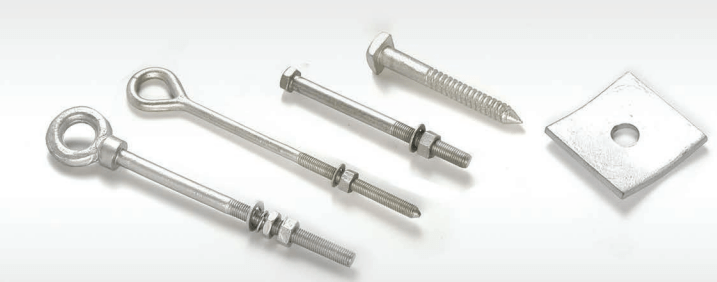Expert Electrical
Engineering Articles
- Home
- Blog
What is Maintenance Free Earthing?
Earthing, also known as grounding, is the practice of transferring electrical charges to the ground through low-resistance cables or rods to quickly discharge any stored energy. There are two main types of earthing: maintenance-free earthing and
Read MoreRole of Earthing Compound in Soil Enhancement
The earth resistance value is a major concern when dealing with earthing of any structure. Earth resistance measurements and the use of earthing compounds helps to identify and achieve a recommended earth resistance for a structure. We know that soil resistivity is the prime factor contributing to the earth resistance …
The Electroplating Process for Earth Rods
The process of electroplating is to coat a thin layer of metal on another metal to improve its physical and chemical properties. This is usually done by applying a direct electric current which helps to create a strong chemical bond between the two metals. Electroplating is generally done for two …
Electrical Safety Auditing – Methodology & Scope
We often hear about electrical accidents in commercial buildings, industries, and other facilities that cause huge losses like equipment, infrastructure and even human lives. These accidents often result from faulty or unsafe electrical practices or unnoticed worn-out electrical systems. The severity of the accident is increased with the absence …
Earthing Value as per Indian Standard
The resistance offered by the earth electrode to the current flow into the ground is known as earth resistance. The ideal earth resistance is considered to be zero, such that there is a quick flow of fault current into the ground, but this is practically impossible. The earth resistance value …
Type of Electric Cables & Conductors with Application
Electric power is distributed and used at the utility levels with the help of transmission systems, cables or other smaller conductors. Various type of electric cables is designed for specific requirements. The main aim of every type of electric cable is to conduct electricity or signals to the desired location. …
Single Line Diagram for Substation – Detailed Explanation
What is a Single Line Diagram? A single line diagram also called the one-line diagram is a symbolic or graphical representation of a three-phase power system. It has a diagrammatic representation of all the equipment and connections. The electrical elements such as circuit breakers, transformers, bus bars, and conductors, are …
Surge Arrester – How does it protect from Voltage Surge?
Surge arresters are protective devices for safeguarding a piece of equipment from over-voltage transients by discharging or bypassing the surge current. It provides a low resistance path to the surge current protecting the system. The surge current can occur usually due to various reasons, like lightning or internal switching events. In …
Cable Glands Size Chart – Explanation for Gland Selection
Cable glands are designed to fasten and seal the end of an electrical cable to the equipment. They are used as a termination device, and they secure and maintain the characteristics of the enclosure in which the cable enters. Certain types of cable glands also prevent flammable gas entry into …
Fasteners – Types and Features
Fasteners are hardware components like screws, nuts and bolts that mechanically join two or more objects together. Fasteners are used to create non-permanent joints, that can be dismantled without damaging the joining objects. Unlike fasteners; welding, crimping, soldering are examples of creating permanent joints where the connected objects cannot be …


